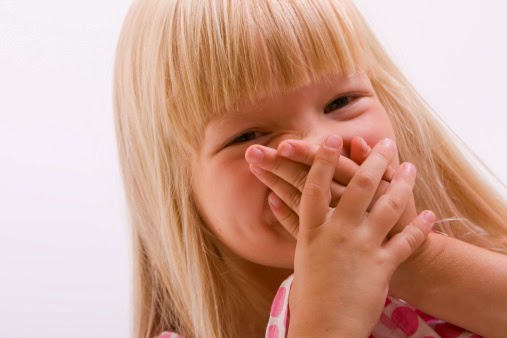Types of Fillings

There are different types of substances that can be used in order to fill a cavity. Dr. Fuller will provide the substance that best fits the needs of your child and your family. The purpose of a filling is to protect against further decay that can impact the root. Amalgam fillings are made up of mercury, copper, tin and silver. They have been around for a long time. The other type of material that is often used is called a composite filling. Composite fillings are white in color and they require less preparation. One of the main advantages of composite fillings is that they can be matched to your child’s other teeth color. The material is less controversial in children. Composite fillings are strong and can protect your children’s teeth from further decay. When you find out your child has a cavity and is in need of a filling the first time, it can be scary, but it does not have to be. There are a var...






